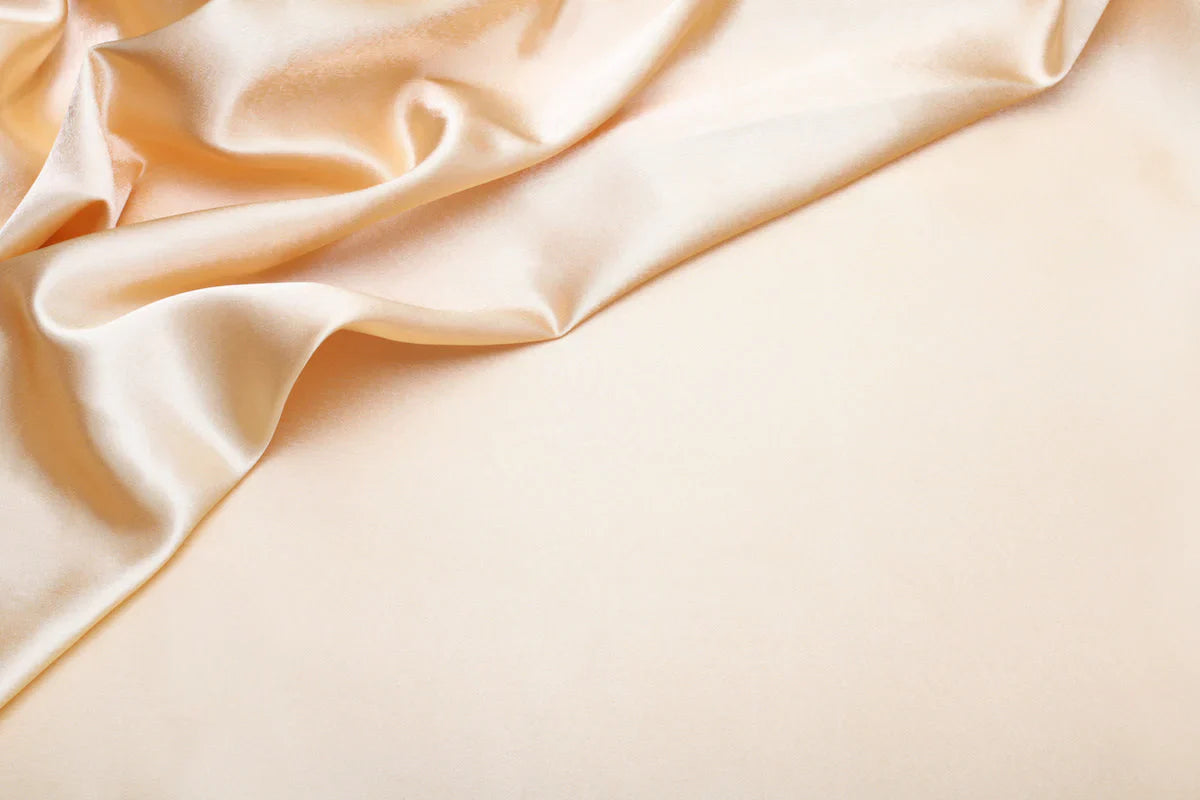
What is Satin?
What is Satin?
So, What is satin? It is basically the name of a weave and is not the name given to an exact raw material. It is created out of low twist yarn by using the procedure of twill weaving. The weft threads, which are 4 horizontal yarns, are covered by one length-wise yarn, primary to less interlacing, which give satin its superiority softness. The satin is the most luxurious fabric that can be used for lot many purpose like bedding, clothing etc.
- A Satin fabric is Shiny or Glossy from Other Fabrics.
- A Satin Fabric has Shiny Front Surface & Dull From the behind.
- A Satin Fabric can be Used For Making Bed Sheets.
"A Satin can be Produced out of Polyester, Wool, Cotton and Silk. Though the latter is the best choice, and polyester a close second. Nevertheless, one must not confuse sateen’ with satin as sateen is a fabric created when a satin weave is applied to cotton." Satin fabrics look great in a variety of colors and it can be found to be used in many products from purses and jacket, shoes and shorts. You can also find furnishings that are made from this textile such as curtains and upholstery.

History of Satin How it Will Produce:-
"Satin was originally completed of silk during the mid ages in China but Now India USA, Brazil and Chine also is biggest Satin Producer in the world." As a result it was very expensive and only the wealthy could afford to use them or be clothed in them. However, as time went by, the popularity of Satin grew quite quickly. By the 12th century, it was the fabric of choice in Europe for royalty, the clergy, the wealthy and those who were considered fashionable. Variations of satin was soon produced which led to the different types of yarn being used to keep the cost down.
Although most of these materials have a sheen or silky surface on a side, there are some which have both sides of the material having this gloss or sheen. Satin fabric costs more particularly if it is made from silk. There are also instances where satin is used as a backing or lining in clothes made with material that is a bit rough such as wool to give them a soft feeling.
There are different kinds of satin materials and among the common are Satin Faconne, Duchess Satin, Slipper satin etc.
- Many brides choose duchess satin for their wedding outfits as it is a heavy material and has a gloss and shine to it.
- Slipper satin is great when used on shoes as it can be colored or dyed to match outfits. It is also used primarily by ballet dances for their toe shoes.
- Satin faconne also known as satin jacquard has a softer drape as a fabric material and is particularly enchanting as it has patterns that are incorporated in the materials.
These most beautiful pattern can be in any form from paisley to stripes and leaf designs. A less glossy and lighter variation of this material is the de-clustered satin. This type of material commonly has the same finish on both sides of the fabric.

Advantages of Satin
- Satin is Temperature friendly.
- Satin is Soft and smooth fabric.
- There are many types available in the market for it so you can get both light-weight and heavy-weight fabric according to your choice.
- Generally, women like to make handcrafts and do decoration works at home.
- It is allergy resistant benefits of satin sheets.
- Durable and it lasts longer.
- It is most popular among women because women consider satin pillowcase good for their hairs.
- It is 100% luxury fabric and fit in our budget as well.
How Care for Satin
Silk is a fragile texture and should be suitably kept up so as to enlarge the life of the bedding and clothing. Dry-cleaning is regularly preferential for satin textures with a satin weave. We can wash this satin regularly. You should use mild and soft detergent or cleaner. You can also perform Ironing on this fabric, but you have to make sure that the iron is not so hot. Silk ought not to be measured as a hard-wearing texture as it might wind up oily and gleaming from solid wear.

Leave a comment